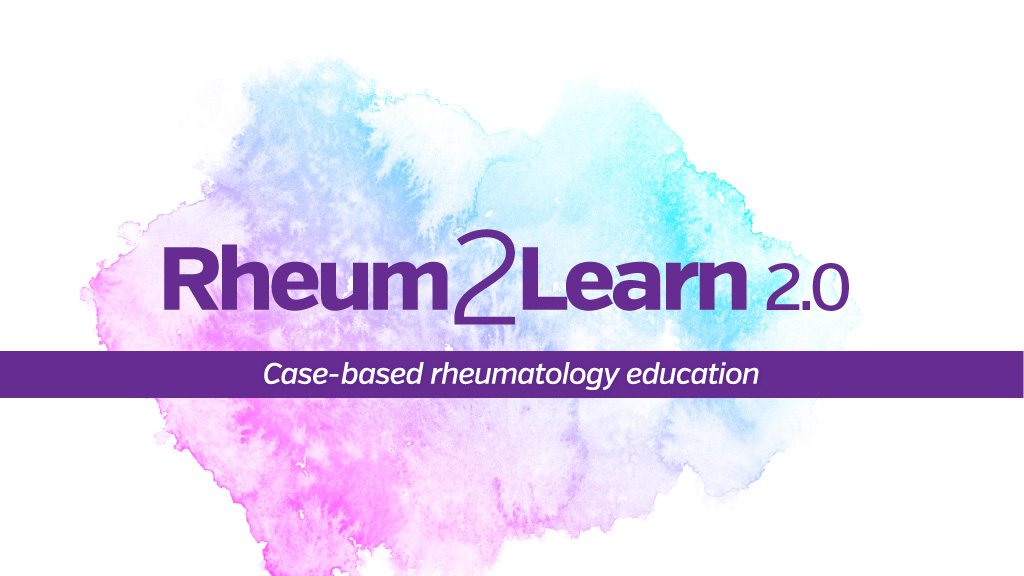
Rheum2Learn 2.0: Osteoporosis
Activity Overview
Rheum2Learn 2.0 is case-based fundamental clinical rheumatology education for residents. Each interactive activity includes three patient cases that focus on the care and assessment of individuals with rheumatologic diseases.
In this activity, learn the framework to evaluate bone health and determine the steps for screening, diagnosing, and managing patients with osteopenia and osteoporosis.
Rheum2Learn Series
This activity is part of a series. See the other activities in the series below.
- Rheum2Learn 2.0: Crystalline Arthritis
- Rheum2Learn 2.0: Infectious Arthritis
- Rheum2Learn 2.0: Inflammatory Myopathies
- Rheum2Learn 2.0: Musculoskeletal Examination
- Rheum2Learn 2.0: Osteoarthritis
- Rheum2Learn 2.0: Pediatric Rheumatology
- Rheum2Learn 2.0: Rheumatic Manifestations of Systemic Disease
- Rheum2Learn 2.0: Rheumatoid Arthritis
- Rheum2Learn 2.0: Sjögren’s Disease
- Rheum2Learn 2.0: Systemic Lupus Erythematosus
- Rheum2Learn 2.0: Systemic Sclerosis
- Rheum2Learn 2.0: Systemic Vasculitis
Registration is complimentary.
Target Audience
Residents in training who may provide care for patients with rheumatic diagnoses in primary care, inpatient, critical care, and other clinical contexts.
The activity may also be of interest to medical students, fellows in training, advanced practice providers, practicing physicians, and other health care professionals who seek to strengthen their clinical knowledge of rheumatic diseases.
Learning Objectives
Upon completion of this activity, participants should be able to:
- Define osteoporosis
- Identify patient groups at increased fracture risk
- Utilize available tools (bone density assessment and FRAX) to screen for osteoporosis and calculate future fracture risk
- Interpret and communicate bone density/DXA and FRAX results
- Identify common secondary causes of osteoporosis
- Define a core set of investigations to perform once a diagnosis of osteoporosis has been made
- Distinguish specific patient-factors that would lead to additional work-up prior to osteoporosis management
- Formulate an initial management plan for osteoporosis that includes both non-pharmacologic and pharmacologic therapies
- Discuss adverse effects of pharmacologic therapies in the context of their intended benefit
CE & MOC Information
This activity is not eligible for CME/MOC.
Acknowledgement of Commercial Support
No commercial support was provided for this activity.
Educational Activity Policies
See ACR educational activity policies, including the online enduring activity refund policy.